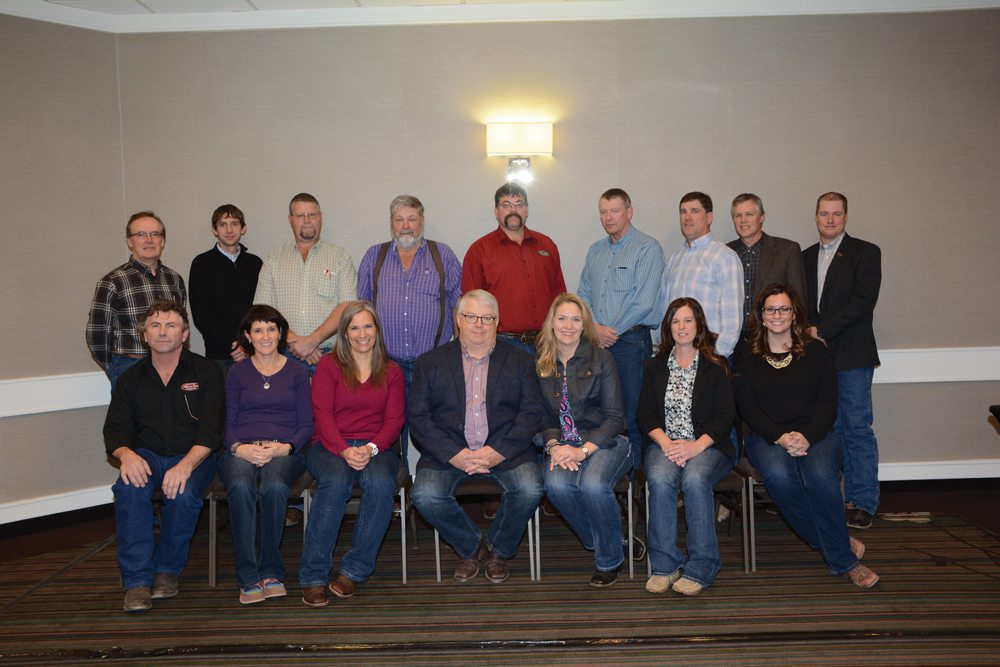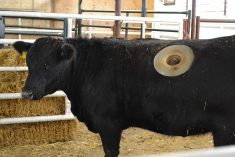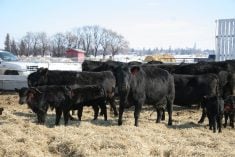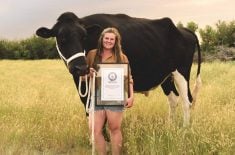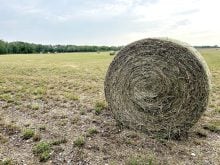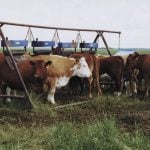One look at a photo of the new board of Alberta Beef Producers tells you something very different is happening at the province’s largest livestock organization.
Five of the 17 directors on the 2018 board are women and a quarter are under age 40.
Both are welcomed by new ABP chair Charlie Christie, a cow-calf producer and feedlot operator from Trochu.

“It’s good to have fresh ideas,” said the 53-year-old third-generation rancher. “Technology changes so fast in our day and age. Fresh thinking and fresh points of view — you have a mix of that and experience, you’ll come up with a pretty good direction.”
Many of the new directors are graduates of the Canadian Cattlemen’s Young Leader’s program, which is part of a larger effort to engage youth in leadership positions, he said.
Having more women on the board is a reflection of the organization’s membership, added Christie, who is joined on the executive by two women, vice-chair Kelly Fraser and finance chair Melanie Wowk.
“In the 1950s, ’60s, ’70s, it was a male world,” he said. “Our industry has shifted probably to the predominance of women running the cow herd. There are tons of examples of women who manage the cow herd in various yards.”
Read Also
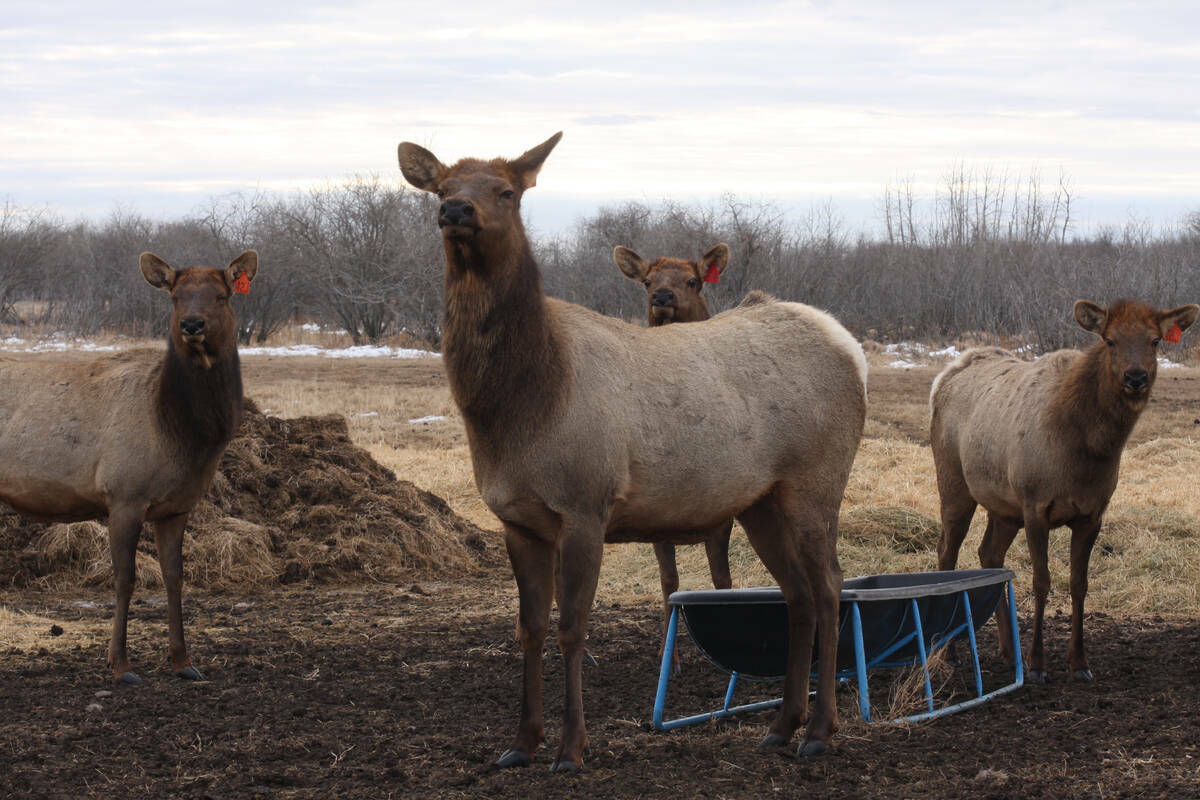
Cervid harvest preserves to be developed in the province under Bill 10
The Government of Alberta has given approval for creation of cervid harvest preserves.
Although he took a break from ABP last year after ‘terming out,’ Christie — who succeeds Bob Lowe as chair — has a long involvement with the organization, including nine years on its Cattle Feeder Council and three years chairing the beef research committee. That volunteer work came on top of running (with two employees) a 400-head herd; a feedlot that handles anywhere between 600 to 1,000 head; and 1,500 acres of cropland that grows all his feed along with some canola.
Not surprisingly, workplace health and safety regulations and a tentative deal to end a long-running checkoff dispute with cattle feeders are both high on his priority list for the coming year.
ABP has taken a big financial hit ever since the province made the cattle checkoff voluntary in 2009, with refunds (mostly to feedlot operators) totalling $2.5 million in 2016.
The tentative agreement with the Alberta Cattle Feeders’ Association would make the $2 provincial checkoff mandatory. Of that amount, 25 cents would go to the feeders’ association and 40 cents to the Alberta Beef Industry Development Fund for marketing, education, research, and industry collaboration.
The agreement must first be approved by members of both groups and then again in a plebiscite, but Christie said he’s optimistic there will be strong support. The development fund will be a big step forward for the entire industry, he added.
“The leverage of our checkoff dollars is incredibly strong — funders are far more likely to fund research and promotion and education if the industry is willing to put dollars behind it,” he said. “It’s just a good thing for the industry overall. The cow-calf industry needs the backgrounding industry, which needs the feedlot industry. None of us survive alone.”
Workplace health and safety regulations are another priority for Alberta Beef Producers and the organization recognizes that working with large animals and big equipment is hazardous, he said.
“The large-animal bracket is in the highest compensation for Worker’s Compensation, higher even than the grain industry, which also uses large equipment,” said Christie. “That’s a No. 1 concern.”
But safety regulations have to recognize that farming and ranching are different from other workplaces, he added.
“The thing that concerns me is that there’s such a variance in one operation. Your facilities in a yard are different than ones in a summer pasture. The consideration for those things has to be thought through.”
Trade deals are also high on Christie’s radar.
The fate of both the North American Free Trade Agreement and the Trans-Pacific Partnership is up in the air and his organization will be watching both sets of negotiations very carefully, he said.
Although they are international deals, both could have a big impact on Alberta, he said. Protecting access to the U.S. market and opening new markets elsewhere in the world are key factors in rebuilding the provincial cattle herd, he said.
StatsCan’s July 1 estimate of the province’s beef herd was 5.2 million head — a drop of one million head since 2007. Those numbers need to go up, he said.
“Any industry needs to show growth to be healthy. In order to be able to be involved in those other markets, we need to supply the meat to get there. There’s grazing land that is not used, and to keep that land environmentally sustainable, you need to have cows on it.
“That’s a biased opinion, but it’s true.”


